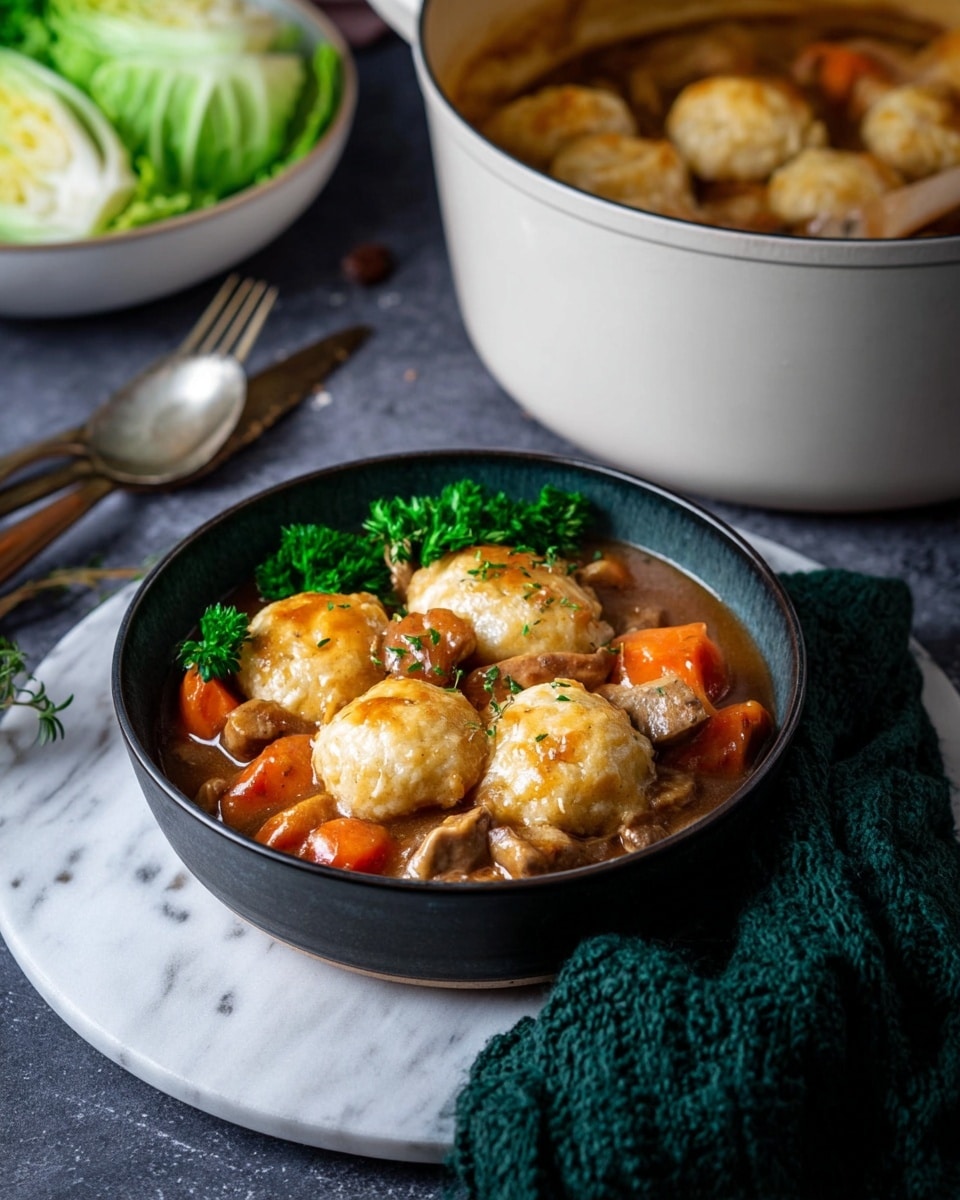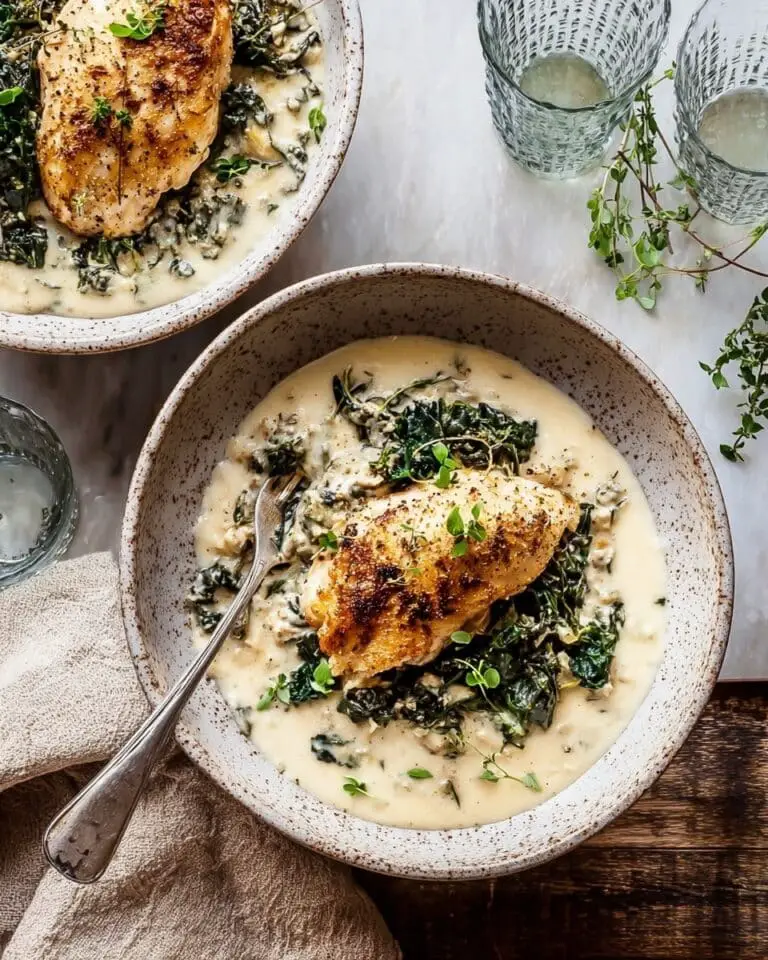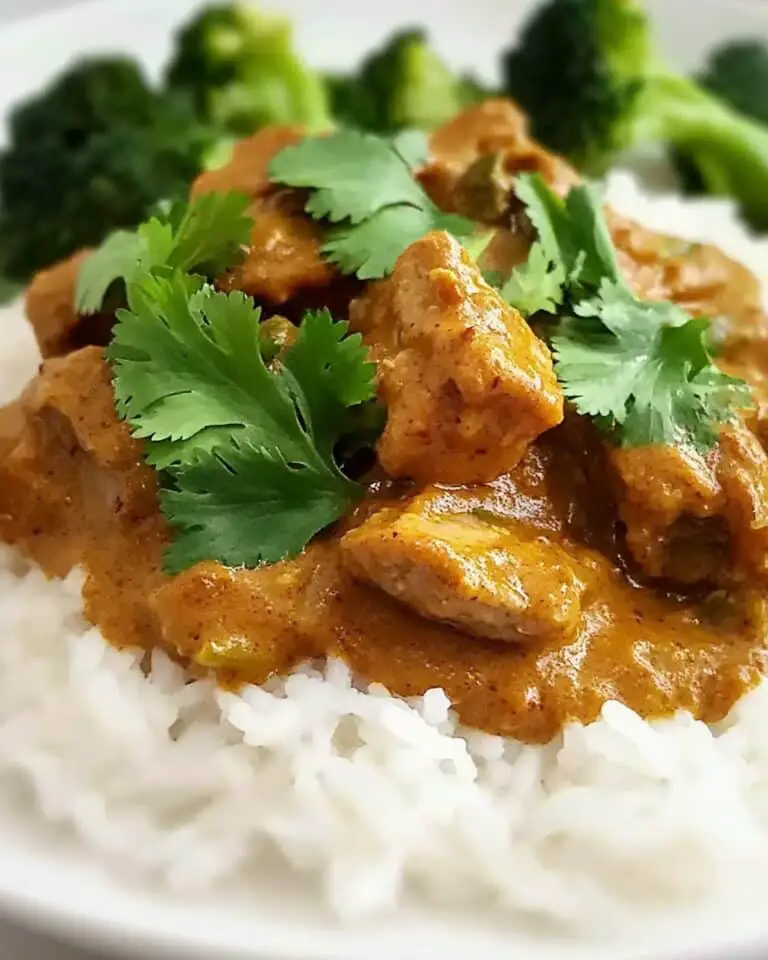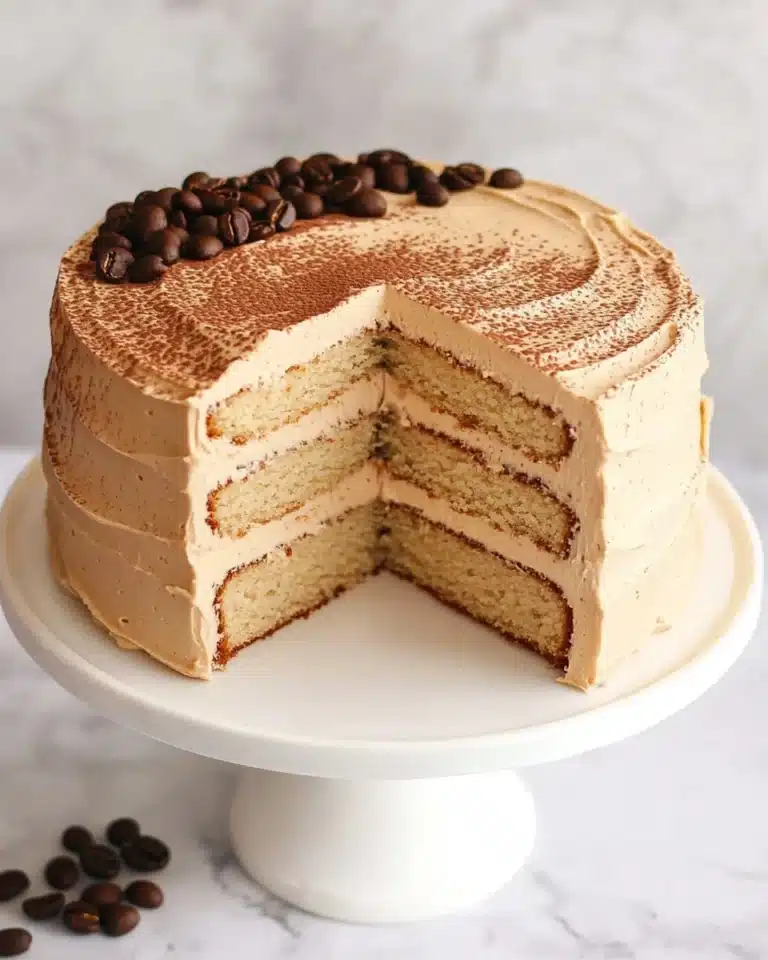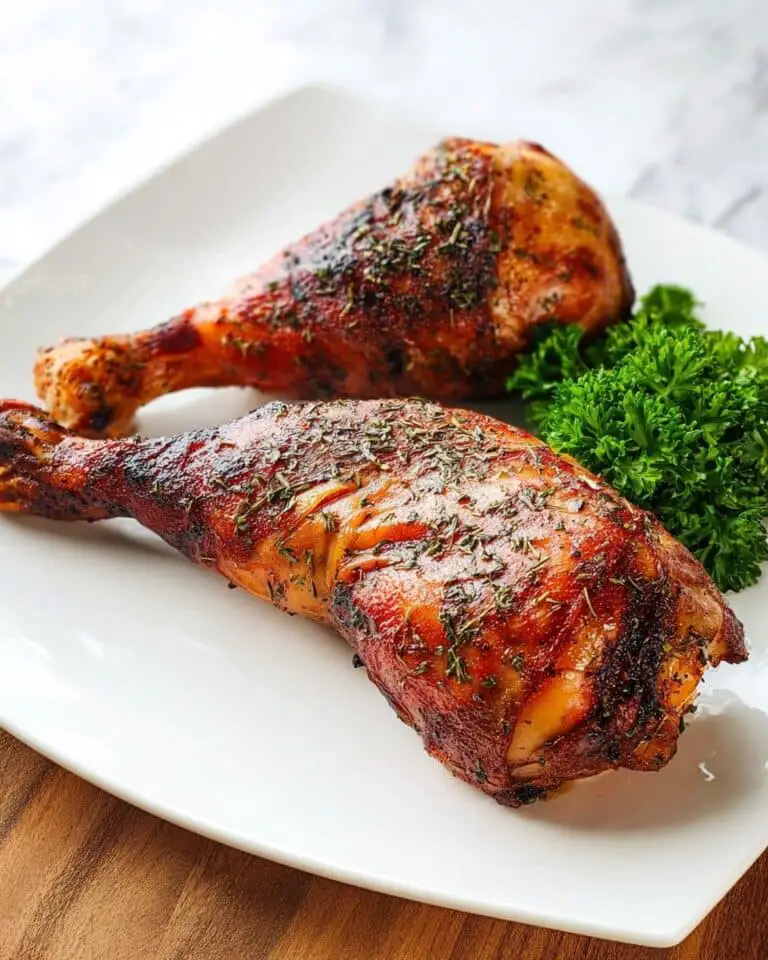I absolutely love the cozy charm of this Traditional Beef Stew with Suet Dumplings Recipe. There’s something so comforting about tender chunks of beef slow-cooked in a rich, flavorful gravy alongside sweet carrots and earthy swede, all topped with fluffy, melt-in-your-mouth suet dumplings. Whether it’s a chilly weeknight or a weekend family dinner, this stew hits all the right notes both in taste and heartwarming satisfaction.
When I first tried this recipe, the suet dumplings were a total game-changer for me—they add a nostalgic, classic British touch that other stews just don’t have. Plus, it’s a brilliant way to get a hearty, wholesome meal on the table that warms from the inside out. You’ll find that this Traditional Beef Stew with Suet Dumplings Recipe is versatile and forgiving, perfect for making ahead or feeding a crowd.
Why You’ll Love This Recipe
- Classic comfort food: The combination of tender beef and fluffy suet dumplings is timeless and deeply satisfying.
- Easy to prepare: Simple steps and pantry-friendly ingredients make this a go-to recipe.
- Great for make-ahead meals: Leftovers only get better as the flavors meld overnight.
- Perfect for colder days: This hearty stew warms you up and fills you up, ideal for fall and winter.
Ingredients You’ll Need
Each ingredient works beautifully to build layers of rich flavor and texture in this Traditional Beef Stew with Suet Dumplings Recipe. When shopping, look for fresh vegetables and good-quality stew beef for the best results.
- Olive oil: Use a good-quality extra virgin olive oil for a subtle fruity base.
- Onion: Diced finely to melt into the stew and add sweetness.
- Chestnut mushrooms: Quartered for earthiness and texture.
- Swede (rutabaga): Peeled and chopped; it adds a lovely sweetness and body.
- Carrots: Peeled and chopped to balance the savory beef with natural sweetness.
- Diced beef: Opt for stewing beef with a bit of marbling for tender results.
- Cornflour: Helps thicken the gravy without clumping.
- Beef stock cube: Adds concentrated umami flavor; I prefer organic for clarity.
- Boiling water: Used to dissolve the stock cube and form the gravy base.
- Bay leaves: Infuse subtle herbal notes during slow cooking.
- Self-raising flour: Forms the base of the dumplings; self-raising gives them lift.
- Shredded suet: Atora beef suet is traditional and makes dumplings wonderfully light and tender.
- Salt: For seasoning the dumpling dough perfectly.
- Cold water: To bind the dumplings without making the dough sticky.
Variations
I love to make this recipe my own depending on the season or what’s in my pantry. Feel free to personalize it to your taste and dietary needs—you’ll be surprised how versatile it is!
- Add herbs: I sometimes toss in a sprig of fresh rosemary or thyme for extra aroma—makes the kitchen smell divine.
- Use different vegetables: Swapping swede for parsnips or including peas near the end keeps it fresh and colorful.
- Make it gluten-free: Substitute self-raising flour with a gluten-free blend for the dumplings – just adjust water as needed.
- Vegetarian version: Replace beef with hearty mushrooms and vegetable stock, then skip the suet or use vegetable suet if you want.
How to Make Traditional Beef Stew with Suet Dumplings Recipe
Step 1: Sauté Your Aromatics and Mushrooms
Start by warming your olive oil in a flameproof, ovenproof pan over low heat. Toss in the diced onion, cover with a lid, and let them soften gently for about 3 minutes without browning—this brings out their natural sweetness. Then crank the heat up and add the quartered mushrooms, stirring frequently so they brown evenly, giving the stew that deep, savory backbone.
Step 2: Cook the Root Veggies
Next, toss in your chopped swede and carrots. Keep stirring for 2 minutes over high heat to unlock their flavors and slightly caramelize them. This builds the layers of taste that a good stew is all about.
Step 3: Prepare and Add the Gravy
While your veggies are cooking, dissolve your beef stock cube in boiling water mixed with cornflour to make a smooth gravy base—no lumps here! Pour the gravy into your pan, then add the diced beef and bay leaves. Give it a good stir and bring it all to a boil before covering with a lid and transferring the pan to your preheated oven.
Step 4: Slow Cook and Monitor
Cook the stew in the oven for about 2 hours. I always check halfway through to see if the liquid level is sufficient—the meat and veggies should almost be swimming in gravy. If you notice it’s drying out, don’t hesitate to add a splash of boiling water. This little check ensures the stew stays moist and tender.
Step 5: Make and Add the Suet Dumplings
About 30 minutes before the stew finishes, mix your self-raising flour, shredded suet, and salt in a bowl. Add cold water bit by bit until you form a firm dough that holds its shape—not sticky or crumbly. Roll the dough into about 16 small balls and gently place them over the stew. Pop the lid back on and let the dumplings steam for the last 20 minutes, puffing up into those tender, irresistible bites I love so much.
Step 6: Serve and Enjoy
Once the dumplings are cooked through and the beef is fork-tender, your feast is ready! Serve this soul-warming Traditional Beef Stew with Suet Dumplings Recipe alongside fresh green veggies or a simple side salad for contrast.
Pro Tips for Making Traditional Beef Stew with Suet Dumplings Recipe
- Use a heavy, ovenproof pan: I swear by my cast iron dutch oven—it distributes heat evenly and works on hob and oven.
- Don’t rush the browning: Taking extra time to lightly brown the mushrooms and onions adds incredible depth.
- Adjust water carefully: I always keep a kettle handy to top up liquid if my oven seems dry during cooking.
- Dumpling dough consistency: Remember, firm but pliable dough is key—you can always add a splash more water if too dry!
How to Serve Traditional Beef Stew with Suet Dumplings Recipe
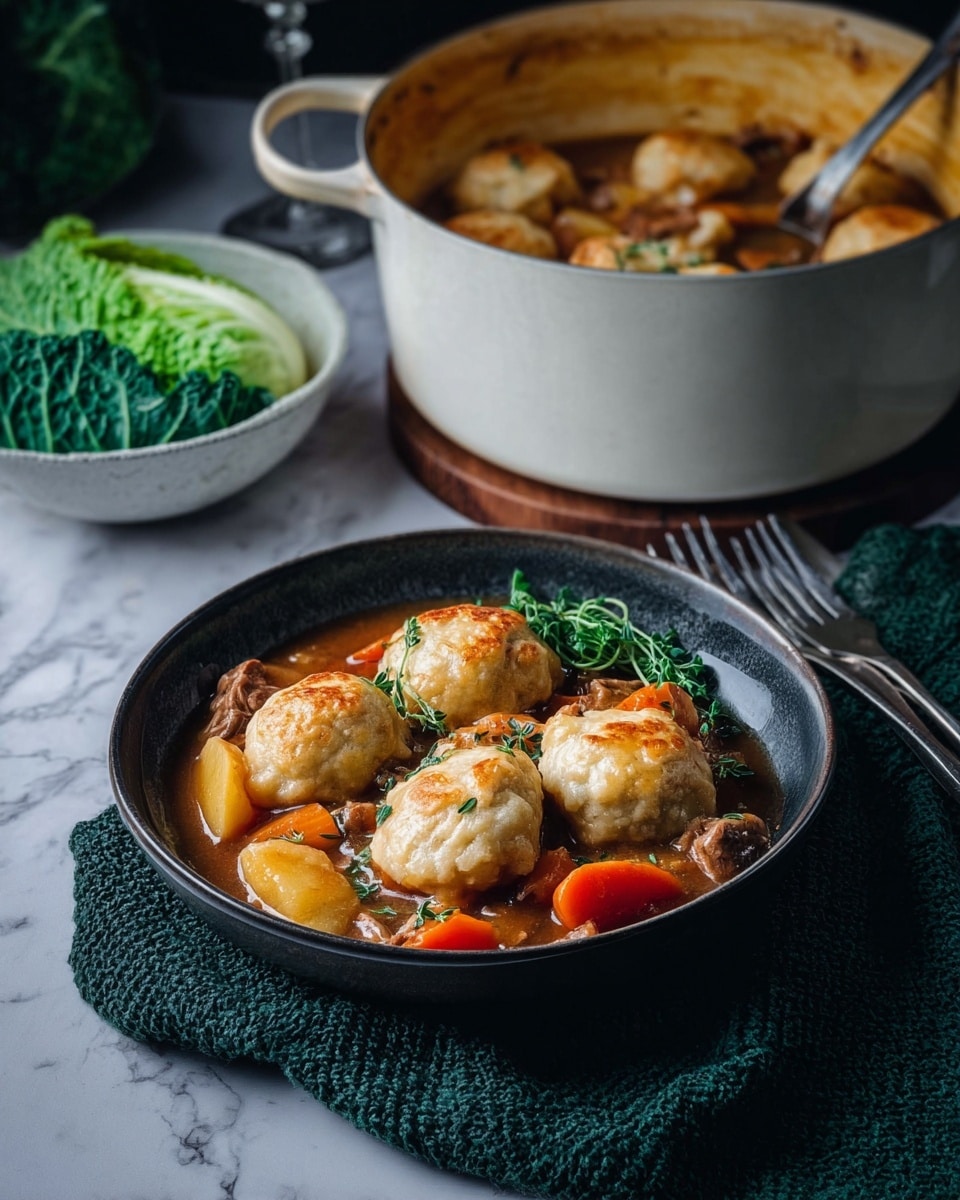
Garnishes
I love to sprinkle chopped fresh parsley or thyme over the stew just before serving—it adds a bright, fresh pop against the rich gravy. Sometimes a dash of cracked black pepper on top finishes it off beautifully.
Side Dishes
Green beans or lightly steamed broccoli are my go-to sides for a vibrant contrast. A crisp side salad with a zesty vinaigrette can also balance the richness perfectly. And if you want to go extra cozy, creamy mashed potatoes alongside the stew make a delightful combination.
Creative Ways to Present
For a special occasion, try serving the stew and dumplings in mini cast iron pots or rustic ramekins for an individual touch. Garnishing with edible flowers or a sprig of fresh herb makes the presentation charming and inviting—it’s always a crowd-pleaser when I do this!
Make Ahead and Storage
Storing Leftovers
I usually let the stew cool to room temperature, then store it in airtight containers in the fridge for up to 3 days. The dumplings do soften a bit but still hold their delicious texture when reheated gently.
Freezing
This Traditional Beef Stew with Suet Dumplings Recipe freezes exceptionally well. I usually freeze the stew and dumplings separately for best texture—just thaw in the fridge overnight before reheating.
Reheating
Reheat gently on the stove over low-medium heat with a splash of water or broth to loosen the gravy. Avoid microwaving too long at once to keep the dumplings soft and the beef tender.
FAQs
-
Can I make the Traditional Beef Stew with Suet Dumplings Recipe on the stovetop instead of the oven?
Absolutely! If you don’t have an ovenproof pan, you can simmer the stew on the stovetop over low heat with the lid on for around 2 hours. Just remember to check the liquid level periodically and add water if needed to keep it from drying out.
-
What is the best way to store leftover suet dumplings?
Leftover dumplings keep best stored separately from the stew in an airtight container in the fridge. When reheating, warming them gently in the stew or microwaving briefly works well to retain their texture.
- Can I use vegetable suet for these dumplings?
Yes, vegetable suet is a great alternative, especially for vegetarians or those avoiding animal fats. It works just as well to create light, fluffy dumplings.
-
What if I don’t have swede (rutabaga)?
If you can’t find swede, parsnips or turnips make excellent substitutes, adding a similar sweetness and texture to the stew.
Final Thoughts
This Traditional Beef Stew with Suet Dumplings Recipe holds a special place in my kitchen—there’s a warmth and nostalgia that I just can’t get enough of. I know you’ll enjoy making it as much as I do; it really is a recipe that brings everyone together around the table. So grab your favorite cast iron pan, roll up your sleeves, and dive into this comforting, hearty stew—it’s a taste of home that never disappoints.
Print
Traditional Beef Stew with Suet Dumplings Recipe
- Prep Time: 10 minutes
- Cook Time: 2 hours 10 minutes
- Total Time: 2 hours 20 minutes
- Yield: 4 servings
- Category: Main Course
- Method: Baking
- Cuisine: British
Description
A hearty traditional beef stew with tender diced beef, root vegetables, and rich homemade suet dumplings made using Atora Beef Suet. Cooked slowly in the oven to develop deep flavors, this comforting dish is perfect for family meals and is suitable for freezing.
Ingredients
Beef Stew
- 1 tablespoon olive oil
- 1 onion, diced
- 150 g chestnut mushrooms, quartered
- 300 g swede (rutabaga), peeled and chopped into bite-size chunks (roughly 1cm/1/2 inch)
- 300 g carrots, peeled and chopped into bite-size chunks (roughly 1cm/1/2 inch)
- 400 g diced beef (stewing beef)
- 2 tablespoons cornflour
- 1 beef stock cube (Kallo Organic recommended)
- 750 ml boiling water
- 2 bay leaves
Suet Dumplings
- 200 g self-raising flour
- 100 g shredded suet (Atora Beef Suet)
- 1/4 teaspoon salt (or to taste)
- Cold water, as needed to bind the dough
Instructions
- Preheat Oven: Preheat your oven to 180°C / 160°C fan / gas mark 4 / 350°F to prepare for slow cooking the stew and dumplings.
- Cook Onions: Place olive oil and diced onions into a flameproof, ovenproof pan. Fry over low heat with the lid on for 3 minutes until softened but not browned to build a flavor base.
- Brown Mushrooms: Increase heat to high, add quartered mushrooms, and fry for 3 minutes, stirring frequently, until mushrooms and onions are lightly browned.
- Add Root Vegetables: Stir in the chopped swede and carrots and fry on high for 2 minutes, stirring to combine flavors.
- Prepare Gravy: In a large jug, mix 2 tablespoons cornflour with crumbled beef stock cube and a splash of cold water to make a smooth paste. Gradually add boiling water, stirring to avoid lumps.
- Combine Stew Ingredients: Pour the hot gravy into the pan with vegetables. Add diced beef and bay leaves, stir, and bring the mixture to a boil on the stovetop.
- Oven Cook Stew: Cover the pan with a lid and transfer it to the preheated oven. Cook for 2 hours, checking halfway to ensure there is enough liquid and topping up with boiling water if necessary.
- Prepare Dumplings: About 30 minutes before stew is done, in a bowl, mix self-raising flour, shredded suet, and salt. Gradually add cold water until the dough comes together into a firm but not sticky ball.
- Form Dumplings: Divide the dough into 16 roughly equal pieces and roll each into a ball with your hands.
- Add Dumplings to Stew: Remove the stew from the oven briefly, place dumplings evenly on top of the stew’s surface, cover with the lid, and return to oven.
- Finish Cooking: Cook for an additional 20 minutes until dumplings are cooked through and the stew is ready to serve.
- Serve: Serve the beef stew and suet dumplings hot, accompanied by green vegetables for a complete meal.
Notes
- Use a flameproof, ovenproof pan such as a Le Creuset-style cast iron casserole dish that can go from hob to oven seamlessly.
- A 4-litre capacity (24 cm / 9.5-inch diameter) dutch oven works well, but pots around 20 cm/8 inches diameter that can fit dumplings in a single layer are also suitable.
- Check the stew liquid about halfway through cooking and just before adding dumplings. Add boiling water if the gravy reduces too much to keep meat and vegetables nearly submerged.
- This stew is freezer-friendly; cool completely before freezing for later meals.
- Nutrition information is approximate and should be used as a guideline only.
Nutrition
- Serving Size: 1 serving (approx. 1/4 of recipe)
- Calories: 660 kcal
- Sugar: 9 g
- Sodium: 509 mg
- Fat: 33 g
- Saturated Fat: 15 g
- Unsaturated Fat: 15 g
- Trans Fat: 0 g
- Carbohydrates: 58 g
- Fiber: 6 g
- Protein: 32 g
- Cholesterol: 79 mg


